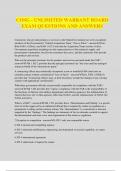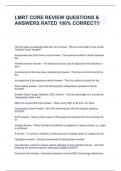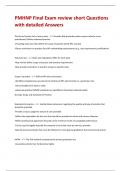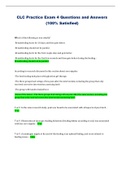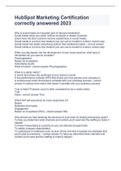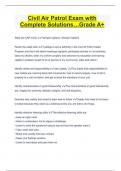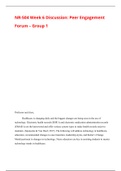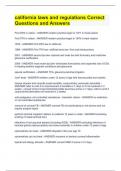Samenvatting
Summary Biosystems Data Analysis (XM_0078) - COMPLETE COURSE
- Instelling
- Vrije Universiteit Amsterdam (VU)
It is a summary of all the lectures, question hours, practicals and papers for Biosystems Data Analysis. It includes 8 lectures and all slides/videos/question hours/practicals belonging to those subjects. There are also notes/screenshots of some of my answers from the practicals and some R function...
[Meer zien]






